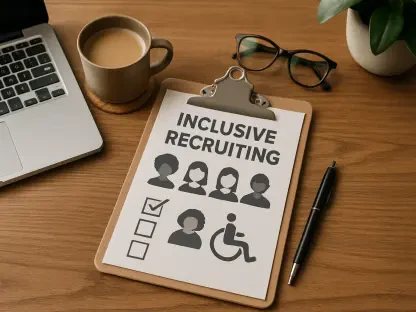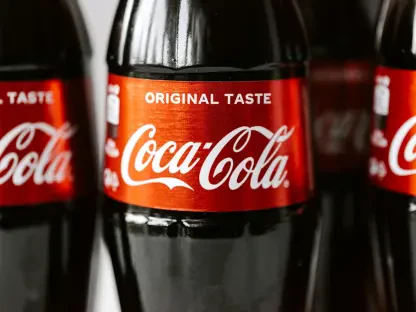Despite being designed to catalyze substantial social benefits, a New York State tax credit aimed at bolstering employment opportunities for those recovering from addiction remains underexploited. Offering up to $2,000 per eligible employee, the initiative strives to mitigate workplace stigma and provide stable employment following treatment. Since the program’s inception in 2019, only five businesses have engaged with the program, collectively claiming around $17,000, according to the Office of Addiction Services and Supports. This low engagement sheds light on persistent social barriers and insufficient awareness among employers regarding this potentially transformative opportunity.
Complications Stemming from Stigma and Lack of Awareness
Employment Hesitations and Workplace Culture
While the tax credit initiative presents an innovative way to integrate those recovering from substance use disorders back into the workforce, deeply ingrained stigma impedes its success. Individuals in recovery may fear workplace prejudice or skepticism upon disclosure, while employers might feel uncomfortable navigating such personal territories. This dual apprehension fosters an environment where discussion of addiction recovery is taboo, leading to an impasse. Efforts to counteract these trends, such as a $500,000 promotional campaign by the Office of Addiction Services and Supports, have struggled to penetrate the ingrained stigma that frames substance use disorder.
Exclusion of Nonprofit Sectors
Moreover, the structure of the tax program inherently excludes numerous nonprofit organizations from reaping its benefits. Since only corporations that pay taxes qualify for this tax credit, nonprofit entities that frequently employ individuals in recovery find themselves unable to participate. These restrictions further compound the issue, limiting the overall reach and effectiveness of the program. The exclusion highlights a systemic gap in the initiative, inadvertently hindering its mission to craft a recovery-positive employment landscape. These organizational limitations reveal a missed opportunity for numerous businesses committed to supporting rehabilitation efforts.
Legislative Efforts and Business Support
Proposed Certification for “Recovery-Friendly” Workplaces
In response to these challenges, legislators have embarked on crafting supportive frameworks to empower businesses to address addiction recovery more comprehensively. A notable development is a proposed bill that passed both legislative chambers, which introduces the concept of voluntary certification for recovery-friendly businesses. This certification would require participating companies to undergo training, ensure naloxone availability, and collaborate actively with recovery centers. Access to robust health insurance plans for substance use treatment is also emphasized. Awaiting Governor Kathy Hochul’s signature, this legislation seeks to position businesses as pivotal allies in the recovery journey.
Enhancing Workplace Resources
Beyond certification, there is an increased push to enhance resources available to the workforce in recovery. Advocates are underscoring the need for clearer guidance and standardized practices that enable employers to effectively support their employees grappling with addiction issues. This improvement involves creating a transparent blueprint for aiding recovery, ultimately fostering a supportive and inclusive workplace environment. Should these measures gain traction, this tax credit could evolve into a cornerstone within the broader framework of addiction recovery, providing essential support while reversing current trends of underutilization.
The Path Forward for Broader Employment Integration
A New York State tax credit, introduced to create significant social advantages by enhancing job opportunities for individuals overcoming addiction, has not yet reached its full potential. This program, offering up to $2,000 for each eligible person hired, aims to lessen workplace stigma and secure employment for those finishing addiction treatment. Despite its promising intent, since 2019, just five companies have utilized this initiative, collectively receiving only about $17,000, as reported by the Office of Addiction Services and Supports. The minimal use of the program highlights ongoing social challenges and a lack of awareness among employers about this important initiative. Many businesses remain unacquainted with this credit or are unaware of how it can benefit their workforce and society. Increasing education and outreach could bridge this gap, encouraging more companies to participate and helping to dismantle stigmas associated with addiction, ultimately paving the way for a more inclusive work environment.









